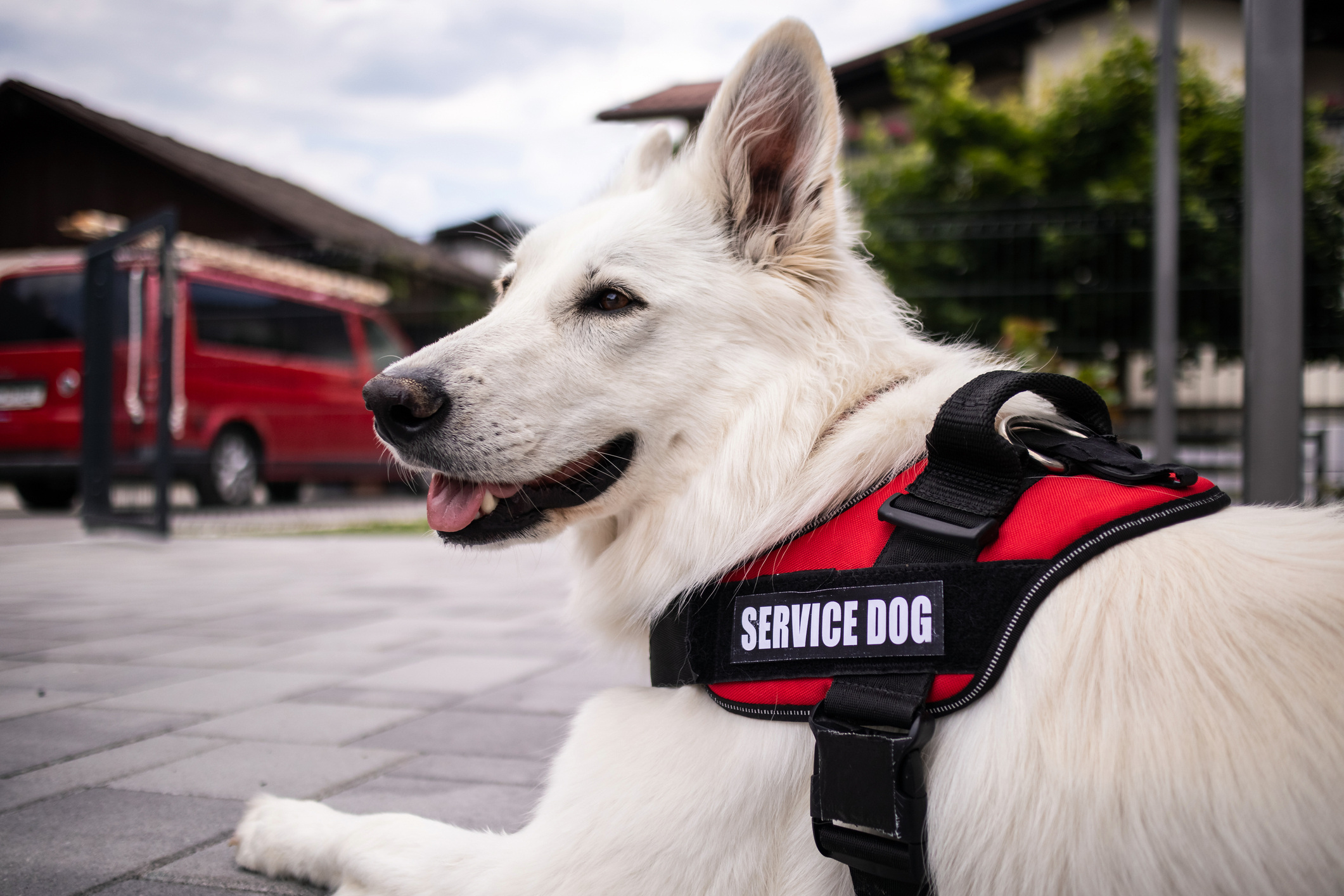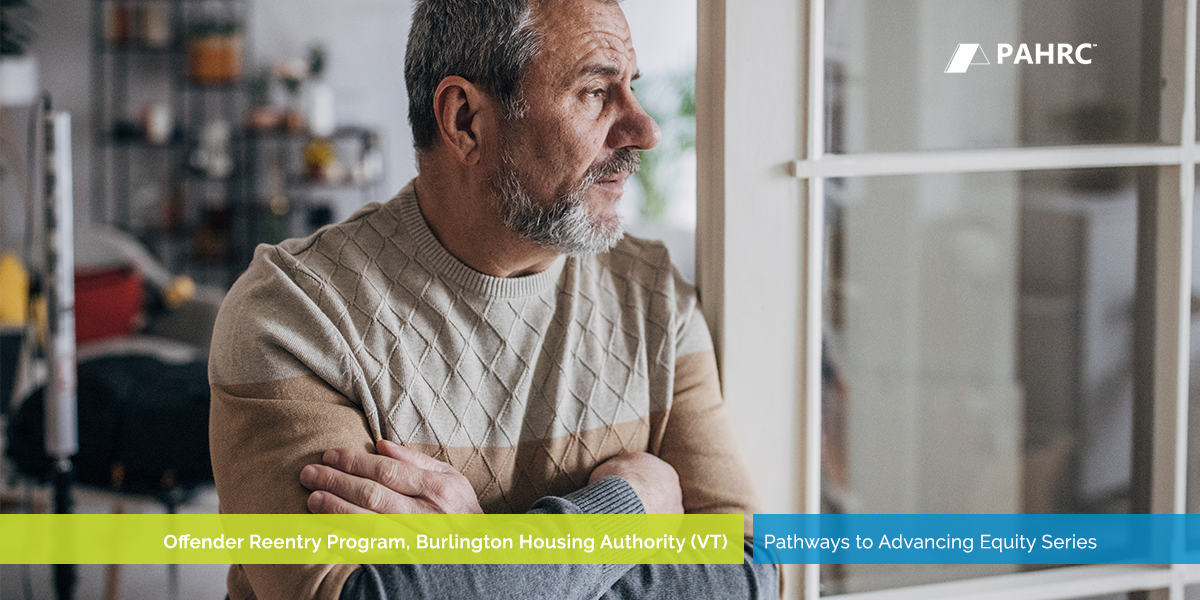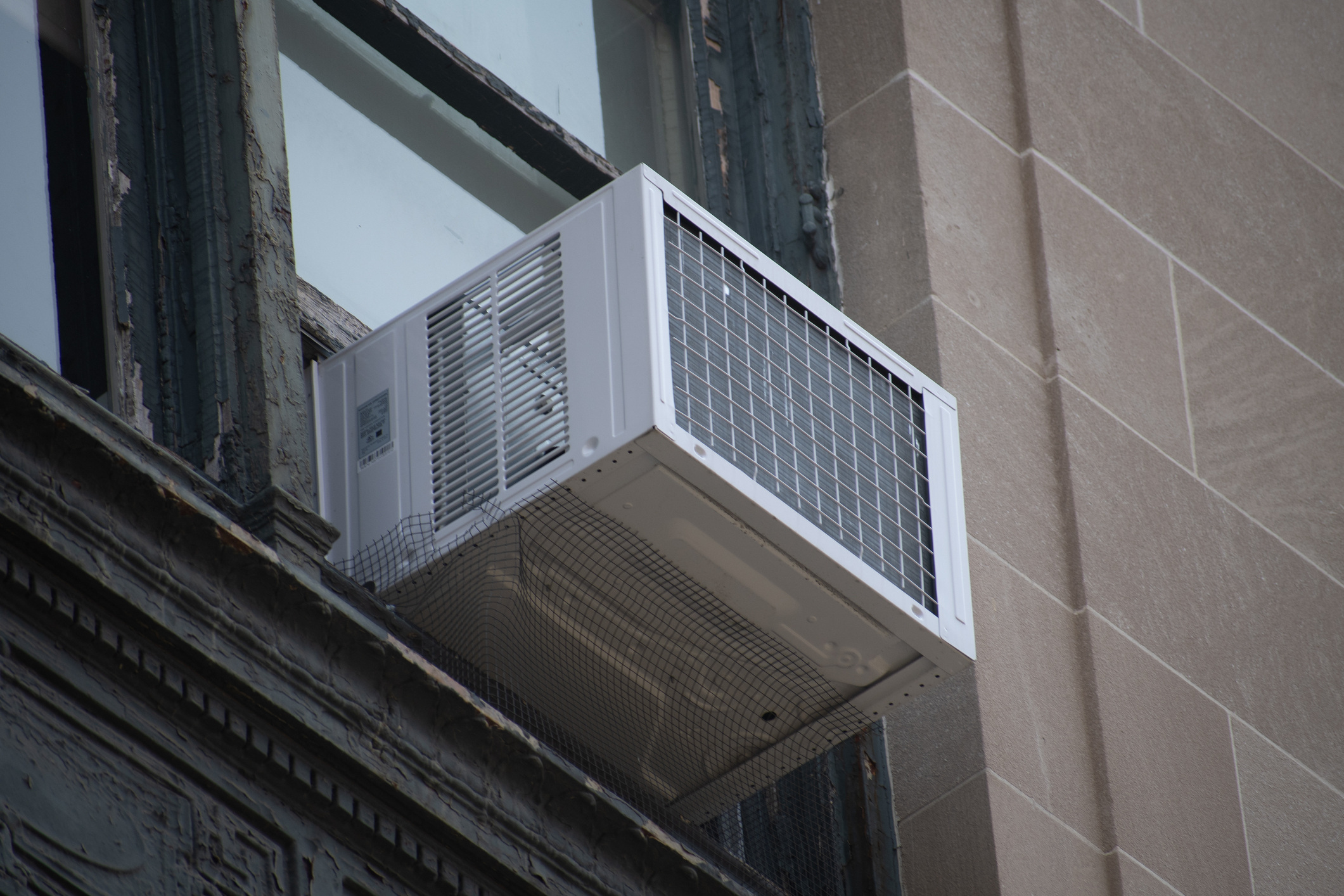Over the years, man’s best friend has transformed from a protector of livestock and household pets to a contributing member of society. As a service dog, canines of any size and breed take on critical responsibilities to ensure their owner is safe, such as identifying when their owner will have a seizure, or by getting the medicine they need to treat an illness.
As a support animal, dogs and other animals provide emotional support, comfort, and companionship for their owner. According to Mental Health America, nearly 70% of U.S. households own a pet, 80% of people believe their pets bring them happiness and emotional support, 55% believe they reduce anxiety and depression, and 66% believe they relieve stress.
But what does that mean for public housing authorities (PHAs)? What liberties do property managers have when working with residents that own a service dog, support animal, or both?
Brian Altshuler, an HAI Group Online Training product manager, recently spoke with Cara Gillette, senior consultant with Nan McKay & Associates, as part of a live webinar about how PHAs can best support residents seeking reasonable accommodation for service and support animals, and how they can protect properties from excess damages and disruption due to animals on site. The webinar was hosted as part of the launch of HAI Group Online Training's new Service Animals, Support Animals, and Pets (Public Housing) course.
Navigating the types of animals that can qualify as service and support animals, as well as understanding the protections afforded by regulations outlined by the Office of Fair Housing and Equal Opportunity (FHEO) and the Americans with Disabilities Act (ADA), can pose a challenge.
Below are some of the key questions addressed during the webinar session. You can watch the entire session at your leisure.
What’s the difference between a service dog and support animal?
Service animals are dogs trained to perform a disability-related task, according to Gillette. On the other hand, support animals are common animals (think dogs, cats, ferrets, pigs, etc.) that meet an emotional or other need of their owner.
As a PHA, you may ask residents if their dog is a service animal and, if so, what work or tasks the animal has been trained to do, Gillette says. However, you cannot require proof of training.
How many service animals can one unit have?
Technically speaking, an individual can have more than one service animal, depending on their need. For example, someone with a brain injury may need two service dogs—one on each side—for balance. As a PHA, you are not allowed to inquire into the nature or severity of a resident’s disability, according to Gillette.
Another example of multiple service animals is one used to identify an inherent seizure, while another provides emotional support. Let’s say the family has a third animal as a pet. What’s the best practice for a situation with a mixture of service animals and pets?
Gillette recommended trying not to put a limit on the number of animals a unit can have. Consider every situation on a case-by-case basis. The Fair Housing Act recommends that PHAs seek the best solution by having an interactive discussion with residents before saying no to one or more animals. For example, explore if there’s an opportunity to compromise with a family in a smaller unit seeking a third dog. There could be another pet option that requires less space, Gillette said.
“The rule you always want to follow with reasonable accommodation is to never say no too quickly,” she said. “Before you say no to another animal, you probably want to talk to your legal counsel, call your local FHEO officer, your field officer, and [you] may want to talk to your local animal control [office].”
Are there breed or size restrictions?
Size and breed restrictions can be set in a PHA's pet policy, but such limits cannot be enforced for service and support animals.
“It’s important you make a distinction for pets,” Gillette says. “For pets, you not only have a breed limit, but a size limit, but you cannot do that for service dogs, and you cannot do that for service animals as well.”
What, if any, responsibility does the PHA have for the animal’s wellbeing?
According to FHEO guidance issued in 2020, PHA residents are responsible for their service dog or support animal. However, PHAs may need to work with the resident if the animal is not being cared for, is not being cleaned up after, or is a disturbance to other residents. As Gillette says, every situation should begin with a conversation to see if there can be a quick resolution. For example, a family member, friend, or neighbor could take the dog outside for a walk if the dog's handler cannot leave their unit.
It's also reasonable for PHAs to ask for emergency contacts with assistance animals if there’s a problem or the resident is cannot care for their pet. If there is no one to contact, Gillette says the best option is to call the local animal control office or a local agency for service dogs.
Such decisions should always be delegated to more than one person, according to Gillette. She suggested that PHAs create a reasonable accommodation committee—even if the committee is comprised of just two people—to work together to determine what’s best for the resident and property.
Are there restrictions on where assistance animals can go?
Under the ADA, service animals are allowed in public spaces, including community rooms, gyms, offices, and other areas, and must be under the handler’s control. In most instances, that would require a leash to control the animal. Still, Gillette noted that requirement needs to be flexible for certain situations, like when a person is in a wheelchair and needs a longer, retractable leash to take their dog out.
On the other hand, PHAs do not have to allow support animals in public spaces.
“That only pertains to service dogs,” Gillette says. “With support animals, like with any pet, they need to be on a leash at all times, or in a carrier when outside their unit.”
Key takeaways
- As a PHA, you can inquire what work or task a service dog has been trained to do but cannot require proof of training.
- Residents may have more than one service animal in their unit, depending on their disability.
- Never decline a resident request for an additional service dog, support animal, or pet without having a conversation first—when in doubt, try to find a compromise.
Explore this topic in depth with HAI Group Online Training’s "Service Animals, Support Animals, and Pets in Public Housing" course designed to deepen your understanding of housing policies for service animals, support animals, and pets.
Additional Resources:
FHEO 2020-01: HUD notice on assessing a request to have an animal as a reasonable accommodation under the Fair Housing Act
HUD/DOJ Joint Statement on Reasonable Accommodation
This article is for general information only. HAI Group makes no representation or warranty about the accuracy or applicability of this information for any particular use or circumstance. Your use of this information is at your own discretion and risk. HAI Group and any author or contributor identified herein assume no responsibility for your use of this information. You should consult with your attorney or subject matter advisor before adopting any risk management strategy or policy.









